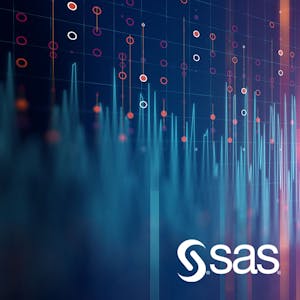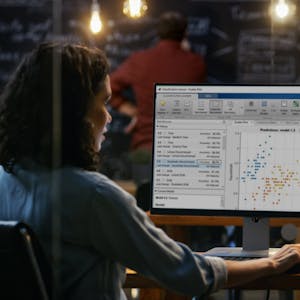Principles of Economics: Macroeconomics - The Big Picture
About this Course
Take a trip with me in this the third and final course of this Economics 100 Specialization which is a direct adaptation from one of my courses I teach at Rice University. Specifically, in this course we\'re going to be focusing on Macroeconomics. What is Macroeconomics you might be asking? Well, you\'ve come to the right place! We\'re going to be going over the big picture of economics- which is examining the measures we use to gauge the health of national economies and study the theories and policies aimed at improving economic health. In a nutshell, how can we use economics to make the world a better place? Through course lectures, quizzes, discussions, and problem sets, my hope is that you\'ll be able to digest economic news with a more discerning viewpoint, and have a more informed view about the cost and benefits of economic policy. Finally, my hope is that you\'ve learned to look at the world around you through the eyes of an economist. By the end of this course you should be able to: 1. Describe how GDP is used to measure macroeconomic performance. 2. Describe how inflation is used to measure macroeconomic performance. 3. Describe how unemployment rates and participation rates are used to measure macroeconomic performance. 4. Identify the primary sources of economic growth and explain the observed cross- country differences in income per capita. 5. Define savings and explain the factors influencing financial flows and international trade. 6. Identify the function of the federal reserve, describe the relationship between nominal interest rates, money demand and money supply, and describe the relationship between exchange rates and Net Exports. 7. Explain the interaction between aggregate demand and aggregate supply to determine the price level, real GDP, and employment. 8. Describe the role of government and analyze policy responses to business cycle shocksCreated by: Rice University

Related Online Courses
Build your statistics and probability expertise with this short course from the University of Leeds. The first week introduces you to statistics as the art and science of learning from data.... more
This course covers predictive modeling using SAS/STAT software with emphasis on the LOGISTIC procedure. This course also discusses selecting variables and interactions, recoding categorical... more
This is the third course in Tax Academy\'s Customs Certification. This certification would provide you with relevant skills to apply Customs knowledge in less than two months. In this course, you... more
In this course you have the opportunity to use the skills you acquired in the two SAS programming courses to solve realistic problems. This course is also designed to give you a thorough review of... more
Do you find yourself in an industry or field that increasingly uses data to answer questions? Are you working with an overwhelming amount of data and need to make sense of it? Do you want to avoid... more







